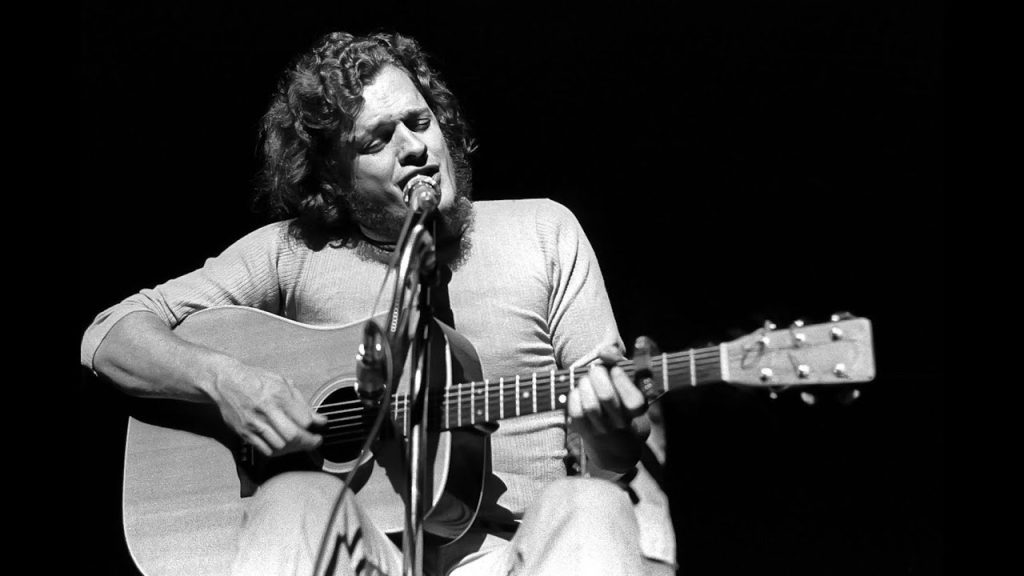
“Cat’s in the Cradle”: A Timeless Tale of Missed Connections
Harry Chapin’s soulful ballad, “Cat’s in the Cradle,” remains a poignant reminder of the fleeting nature of time and the importance of cherishing our relationships. Released in 1974, this folk rock masterpiece has resonated with countless listeners across generations, touching upon universal themes of family, work-life balance, and the regrets that can arise when we prioritize our careers over our loved ones.
At its core, “Cat’s in the Cradle” tells a simple yet profound story about a father who, caught up in the demands of his work, gradually becomes distant from his son. The lyrics paint a vivid picture of a child eager to connect with his father, only to be met with repeated promises of “we’ll get together then.” As the boy grows older, the father’s regrets deepen as he realizes the irreplaceable moments he has missed.
The song’s title, “Cat’s in the Cradle,” serves as a metaphorical representation of the father and son’s growing distance. The image of a cat playing with a cradle evokes a sense of innocence and childhood, while also hinting at the fragility of the bond between parent and child.
Chapin’s folksy vocals and the song’s gentle melody create a warm and nostalgic atmosphere, making it easy for listeners to empathize with the characters and their experiences. The lyrics are straightforward and relatable, avoiding overly complex language or poetic devices. This simplicity is part of what makes the song so enduring.
One of the most striking aspects of “Cat’s in the Cradle” is its ability to evoke a wide range of emotions. Listeners may feel sadness, regret, and longing as they reflect on their own relationships with their loved ones. The song also serves as a gentle reminder to prioritize our families and to make time for the people who matter most.
“Cat’s in the Cradle” has become a timeless classic, and for good reason. It is a song that speaks to the human experience in a way that transcends cultural and generational boundaries. Whether you’re a parent, a child, or simply someone who appreciates a well-crafted song, this ballad is sure to leave a lasting impression.